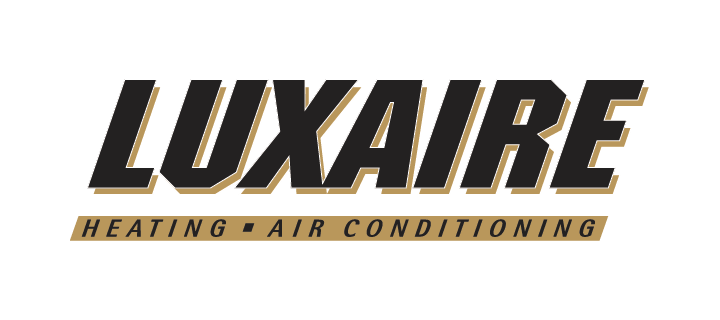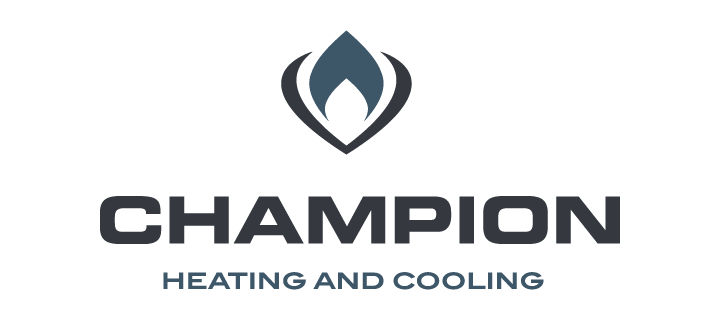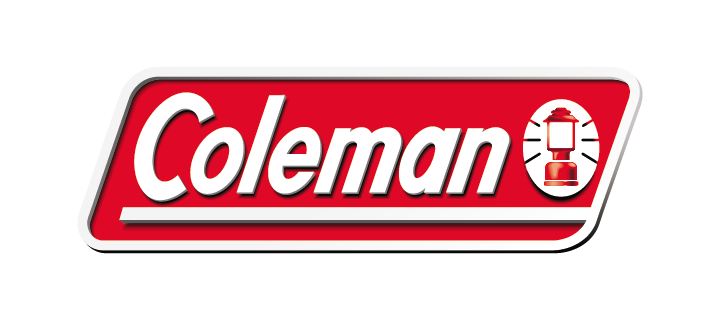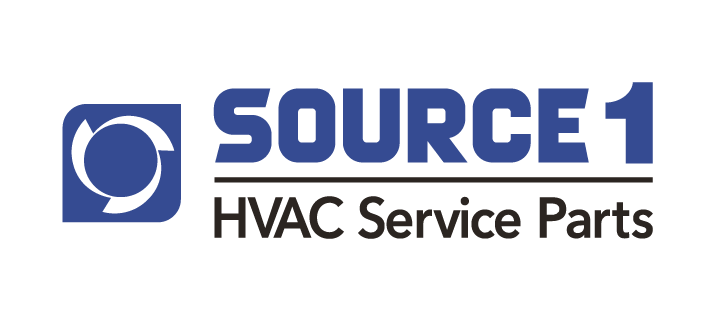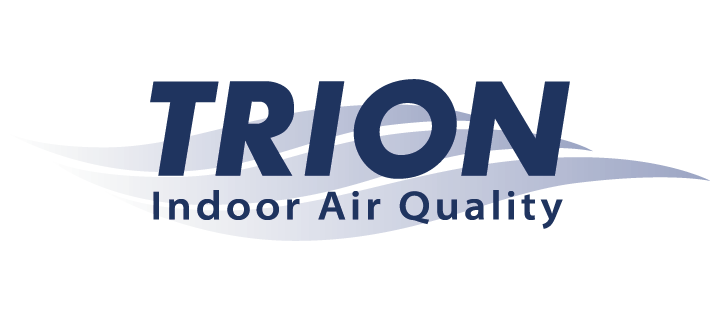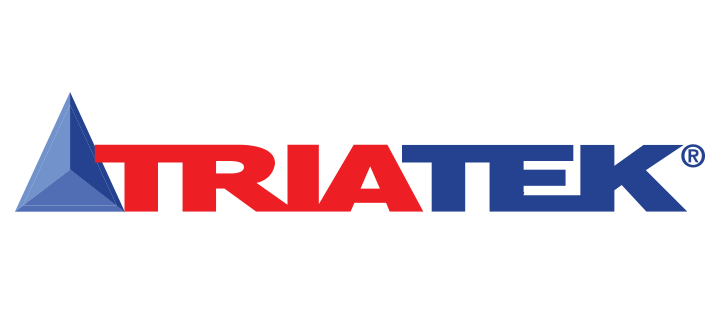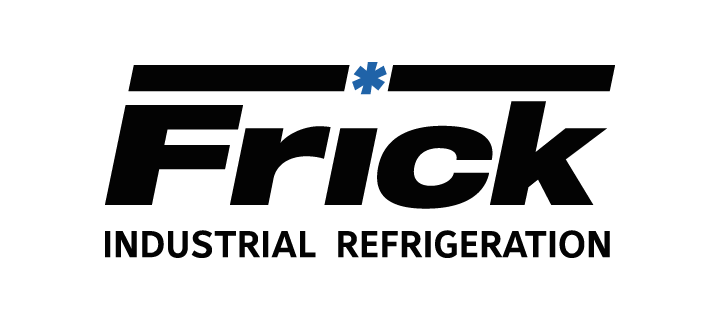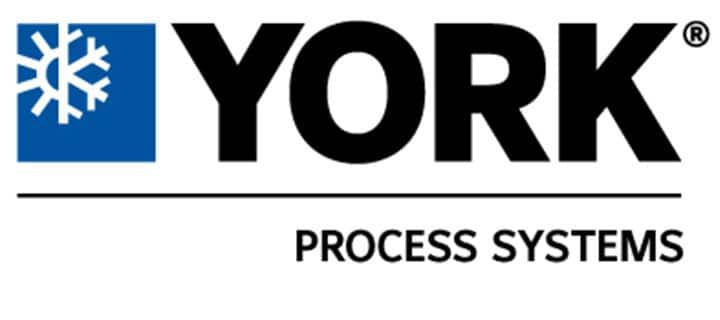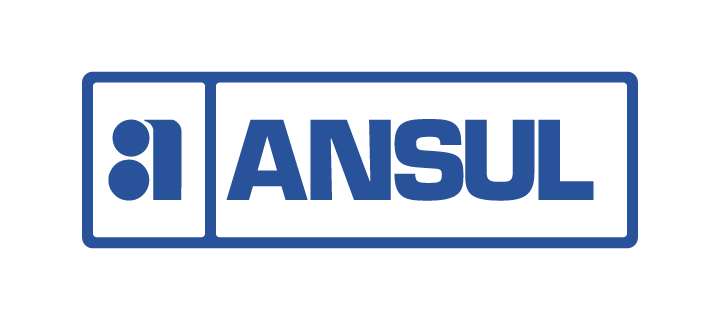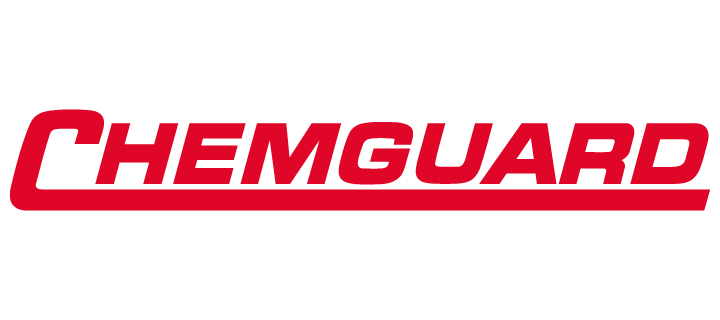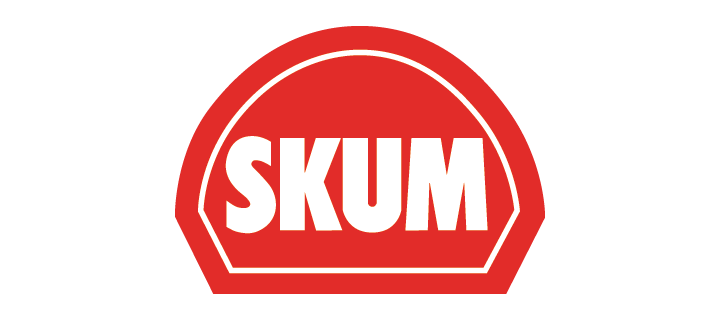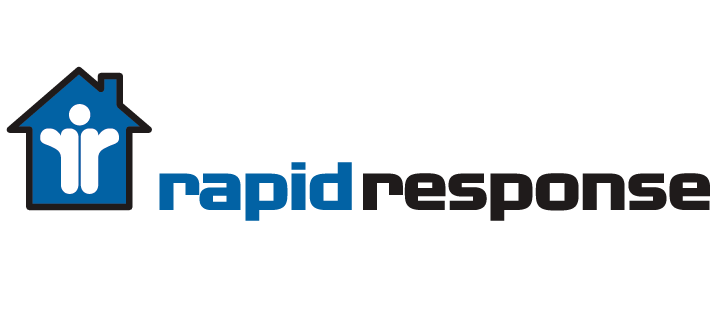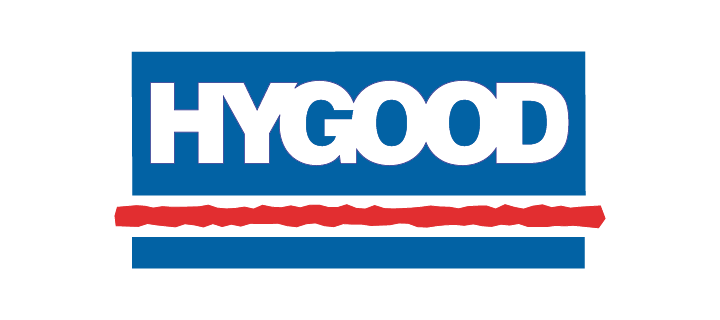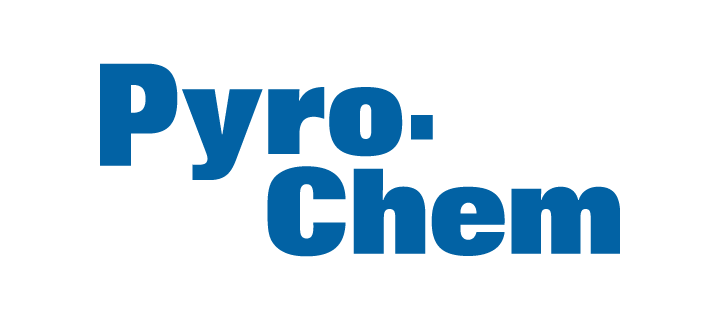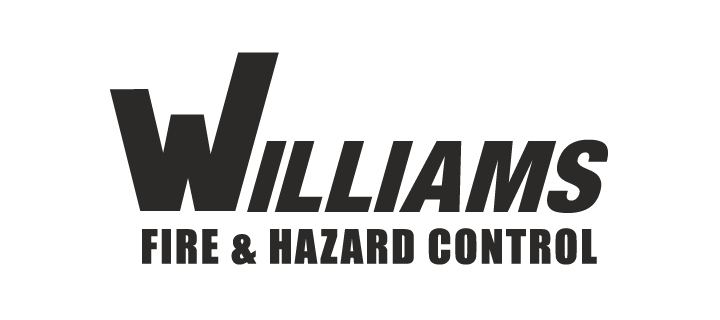Healthcare HVAC Systems and Disease Mitigation

Patient Isolation Room Preparedness
Introduction
According to the CDC and ASHRAE, hospital HVAC systems play a critical role in mitigating the spread of diseases like COVID-19, MERS, SARS, and tuberculosis.
When an infected person coughs or sneezes, respiratory droplets can travel through the air and be inhaled by people nearby. HVAC-related airborne infection control procedures and standards for healthcare facilities are set by the American National Standards Institute (ANSI), the American Society of Heating, Refrigerating, and Air-Conditioning Engineers (ASHRAE), the American Society for Healthcare Engineering (ASHE), and the Centers for Disease Control (CDC).
The CDC recommends placing patients in airborne isolation infection rooms (AIIRs). AIIRs are negative pressure single-patient rooms with a minimum of 6 air changes per hour (12 are recommended for new construction).
AIIRs constantly provide clean air to patients and help protect staff from infection. AIIRs contain, dilute, and exhaust contaminated air through a high-efficiency particulate air (HEPA) filter, and then vent it outdoors. The negative pressure prevents contaminated droplets from traveling to other areas of the hospital when the doors are opened.
Room doors should be kept closed except when personnel are entering and exiting. Entry and exits should be minimized as air currents from personnel traffic can disrupt proper airflow, so AIIR HVAC equipment must be fast-acting, adjusting immediately to changing conditions. Facilities should monitor and document proper AIIR negative pressure function, and there should be a constant visual indication from the room pressure monitor.
Airborne Infection Isolation Room (AIIR) Checklist
Utilize this checklist to help ensure your AIIRs are ready to receive patients. For more details, refer to the ANSI/ASHRAE/ASHE Standard 170-2017 Ventilation of Health Care Facilities.
- Verify the room sensors are calibrated and working properly
- Verify room controllers and monitors are working and communicating with supply and exhaust airflow valves
- Verify the room is operating at a negative pressure relative to surrounding areas
- Verify room pressure is being properly documented
- Verify correct air changes per hour are taking place per CDC/ASHRAE standards
- Verify temperature and humidity ranges are in place per CDC/ASHRAE standards
- Verify room air is being exhausted directly outside through a HEPA filter
- Verify doors are being kept closed except during healthcare personnel entry/exit
- Confirm patient rooms are visible on your building automation system, for prompt notification of any issues
- Consider updating older supply and exhaust VAV boxes to a fast-acting Venturi air valve or measured airflow valve
- Plan for an influx of patients and how to address isolation requirements in your facility

Resources
American Society of Heating, Refrigerating, and Air-Conditioning Engineers (ASHRAE)
- ASHRAE COVID-19 Resources
ASHRAE has developed resource center with guidance dedicated to addressing concerns around COVID-19 with respect to the operation and maintenance of HVAC systems.
- ANSI/ASHRAE/ASHE Standard 170-2017 Ventilation of Health Care Facilities
Standard 170-2017 is the foremost guideline for ventilation requirements in healthcare facilities.
- ASHRAE Position Document on Airborne Infectious Diseases
This position paper reinforces Standard 170-2017 and recommends facilities go above and beyond published standards.
Centers for Disease Control (CDC)
- COVID-19 Infection Prevention and Control Recommendations
This resource provides information for infection prevention and control recommendations, including engineering controls for patients with suspected or confirmed Coronavirus Disease 2019 (COVID-19).
- Airborne Contaminant Removal
This resource provides information on required duration and air changes per hour for effective airborne-contaminant removal.
Need Help?
Our products and services are essential to hospitals and operating rooms and are necessary to the Critical Infrastructure Sectors recognized by the Department of Homeland Security. Properly ventilated buildings are critical to improve air quality and prevent the spread of disease and secondary infection. The World Health Organization has issued guidance that underscores this point: https://www.who.int/sustainabledevelopment/health-sector/health-risks/airborne-diseases/en/. It is essential to maintain these systems and keep them in service.
Note: This information is to be used as a helpful tool. Refer to the ANSI/ASHRAE/ASHE 170-2017 Standard Ventilation for Health Care Facilities for more information.
Johnson Controls is committed to helping you ensure your facility’s airborne infection isolation rooms are ready to receive COVID-19 patients. Contact us if you need help to meet ASHRAE and CDC requirements so your healthcare team can provide best-in-class care to those who need it most.



